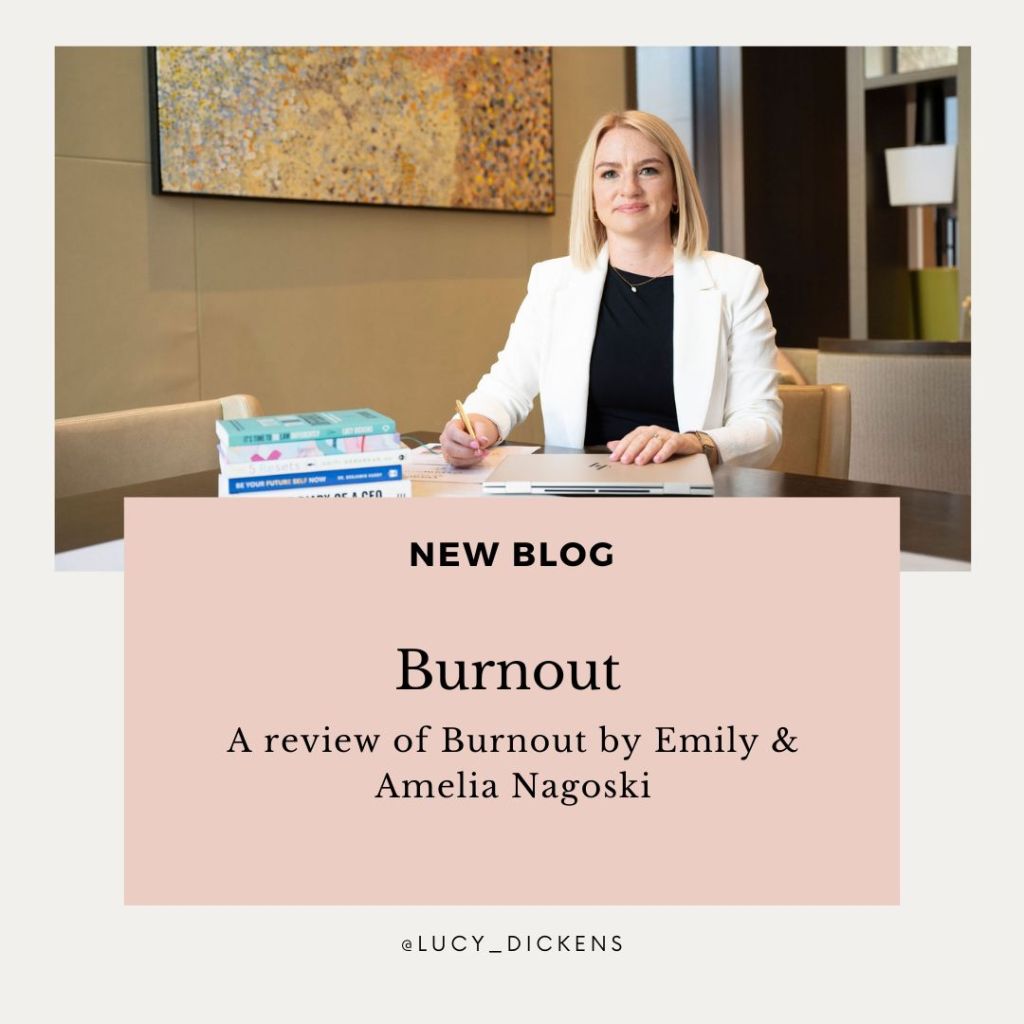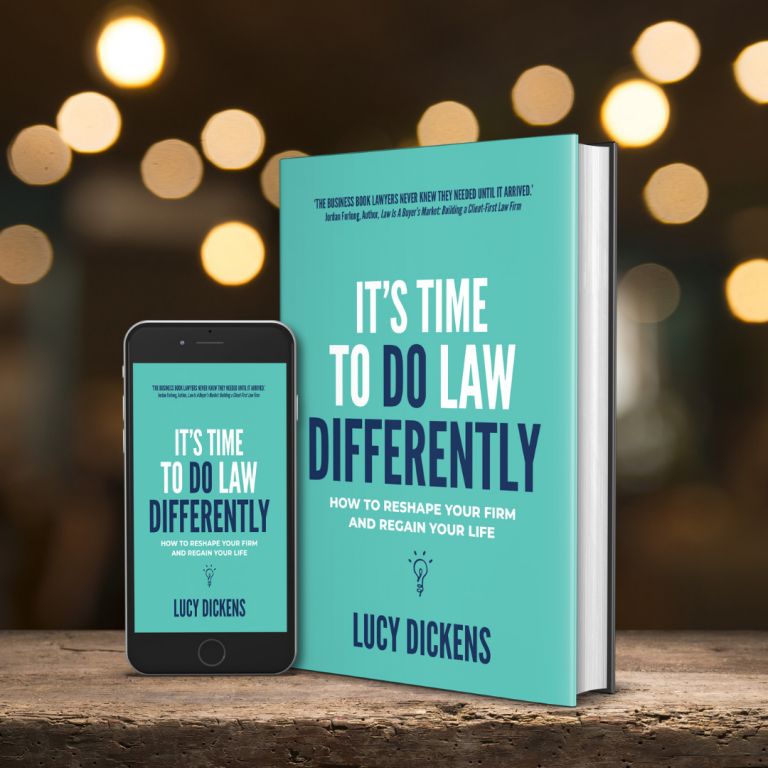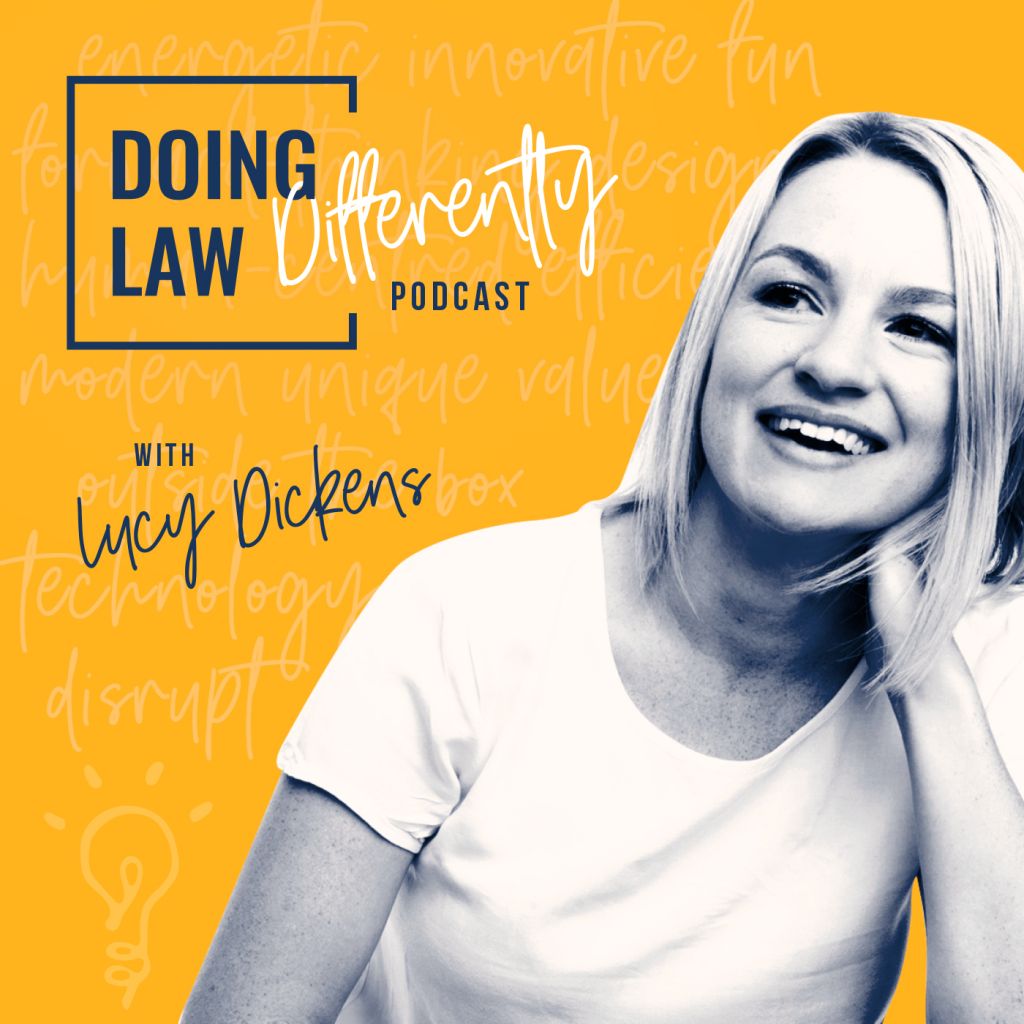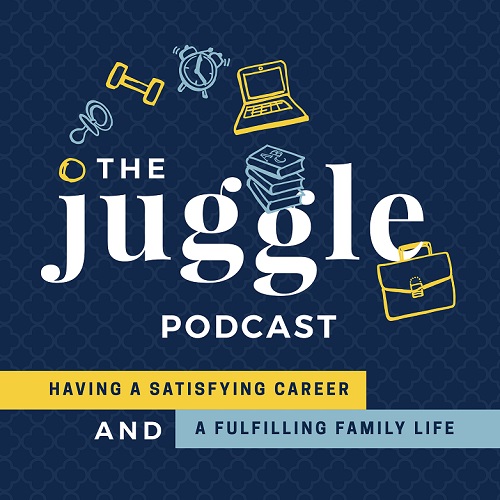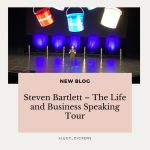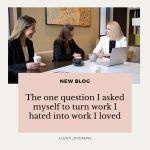First off, WHAT is Burnout by Emily and Amelia Nagoski about?
This groundbreaking book explains why women experience burnout differently than men – and provides a simple, science-based plan to help women minimise stress, manage emotions and live a more joyful life.
Burnout explains the psychological and neurological reasons behind our stress and gives us strategies for dealing with it … #closethestresscycle
I learnt so much from this book and I haven’t stopped talking about it since I read it (although being completely honest, I didn’t particularly enjoy reading it – I prefer more inspirational and less “fix-me!” books, but clearly I needed this one!)
Here are my four biggest take aways:
1. Stress ≠ stressor
Stress is the physiological and neurological shift in your body when you encounter a stressor. Instead of just dealing with what you’re stressing over, you need to help your body deal with the stress itself and shift it out of its stress response.
“Just because you’ve dealt with the stressor doesn’t mean you’ve dealt with the stress.”
Understanding this is the single most important thing that has helped me get better at managing my stress.
You can fix the problem at work, deal with the difficult client, face your fears in Court and resolve that tricky family saga, but once you’ve dealt with the cause of the stress (the stressor), you have to deal with the stress itself (within your body).
How? Exercise. Physical activity is by far the best strategy for completing the stress cycle.
2. Close the stress cycle
If stress occurs within your body, it makes sense that in order to recover from stress, you need to get your body to shift out of the stress reaction and into a different state. To do this, you need to give your body signals of safety.
How? The most common signal of safety is physical exercise but there are many other signals such as breath work, physical company that gives off safe energy, craft or meditation.
You need to find what works for you to help your body #closethestresscycle.
3. Rest can help you be more productive!
You have a group of brain regions called the Default Mode Network (DMN) which is responsible for processing everything you’ve learnt throughout the day. The crucial thing about the DMN is that it can’t operate unless you’re RESTING.
“Mental rest is not idleness; it is the time necessary for your brain to process the world.”
The more I give myself the opportunity to test this theory, the more I know it to be true. My best ideas and insights rarely come while I’m sitting at my computer. Instead they come when I’m in the shower, going for a walk or on holiday. Have you experienced this too?
Mental rest is productive. It gives your brain time to process and form connections, helping you to churn out even better ideas!
4. Active rest is a “thing”
“When you are burned out, it’s because you burned a specific gear in your brain, but the Lord gave us a lot of different gears. When you use the other ones, you regenerate.”
Active rest is about working one gear while letting the others rest. Even a subtle change in focus can be enough to rest the part of you that feels burnt out. Using a different gear (such as craft instead of your usual work!) also allows your DMN to get to work and do its job!
I put this one to the test. After a stressful day at work, rather than logging back on in the evening and trying to fix the problem that had arisen during the day, I sat down with paint and a canvas and painted for an hour. I felt immensely more calm afterwords. I was blown away at how different I felt, both physically and mentally. Without even realising it, I’d completely reframed the problem in my mind. It wasn’t a big deal after all. I was definitely over-reacting, and the issue would be resolved the next day – I didn’t need to work all evening after all!
If you could do with a better understanding of how stress affects your body, give this book a shot!
